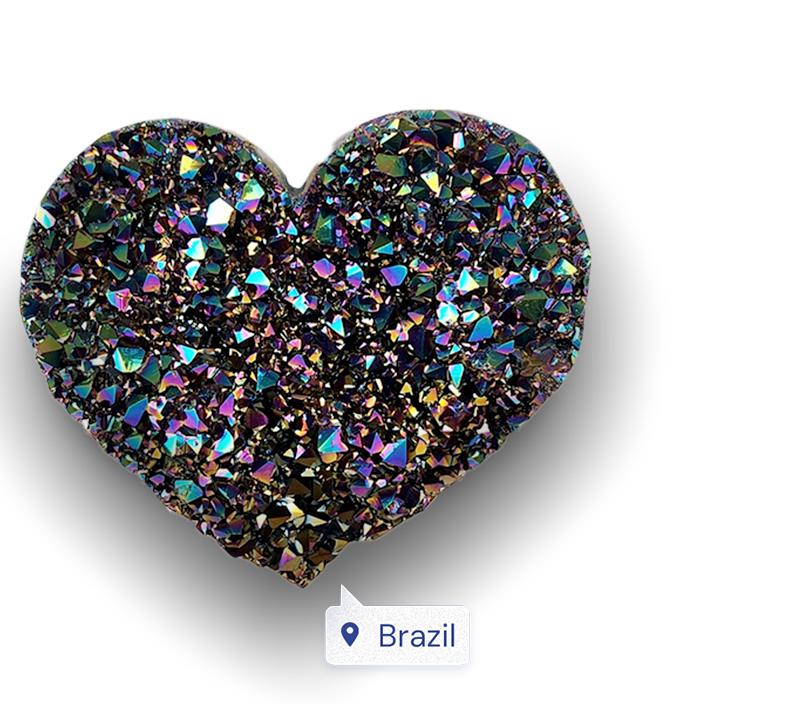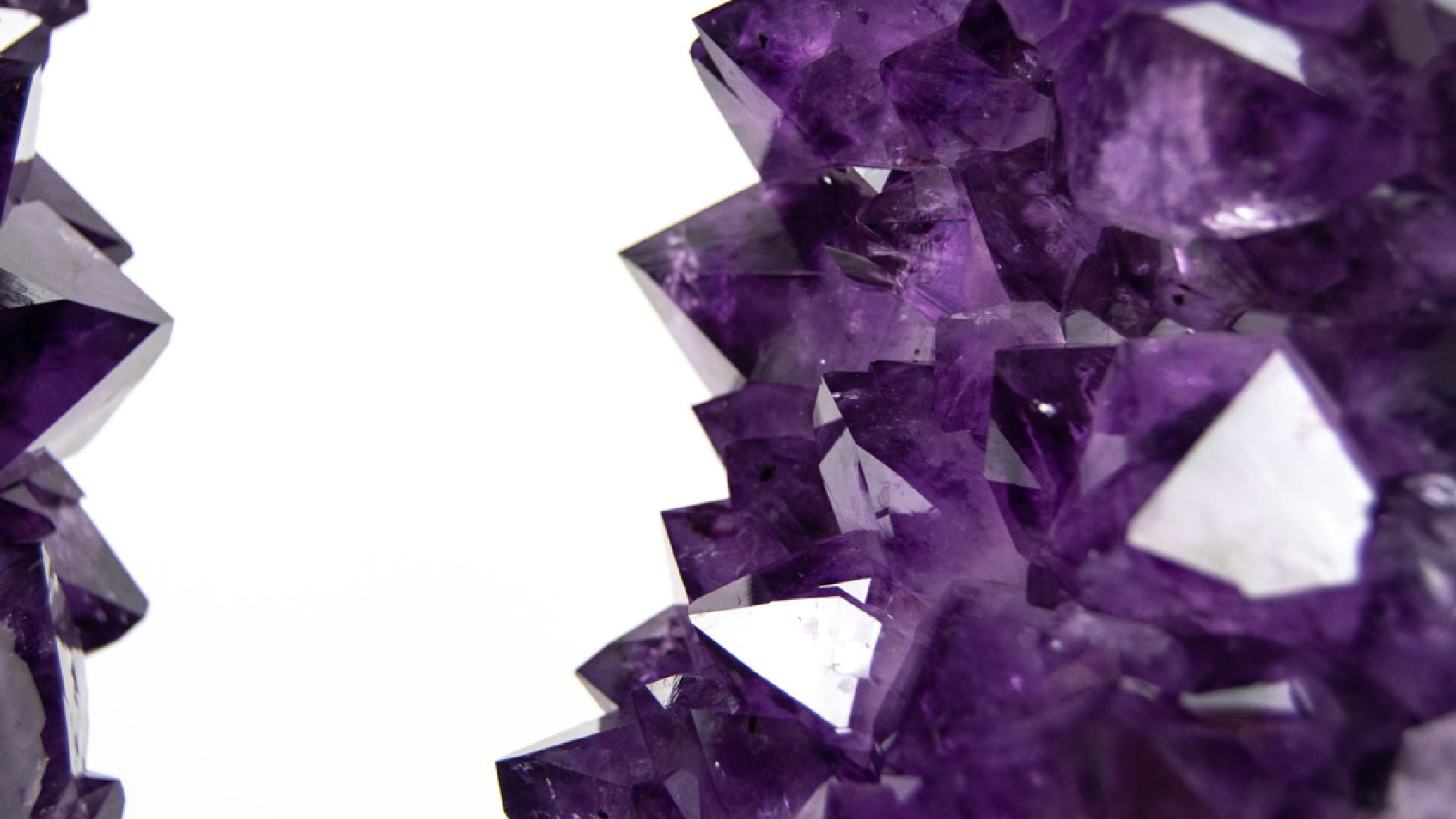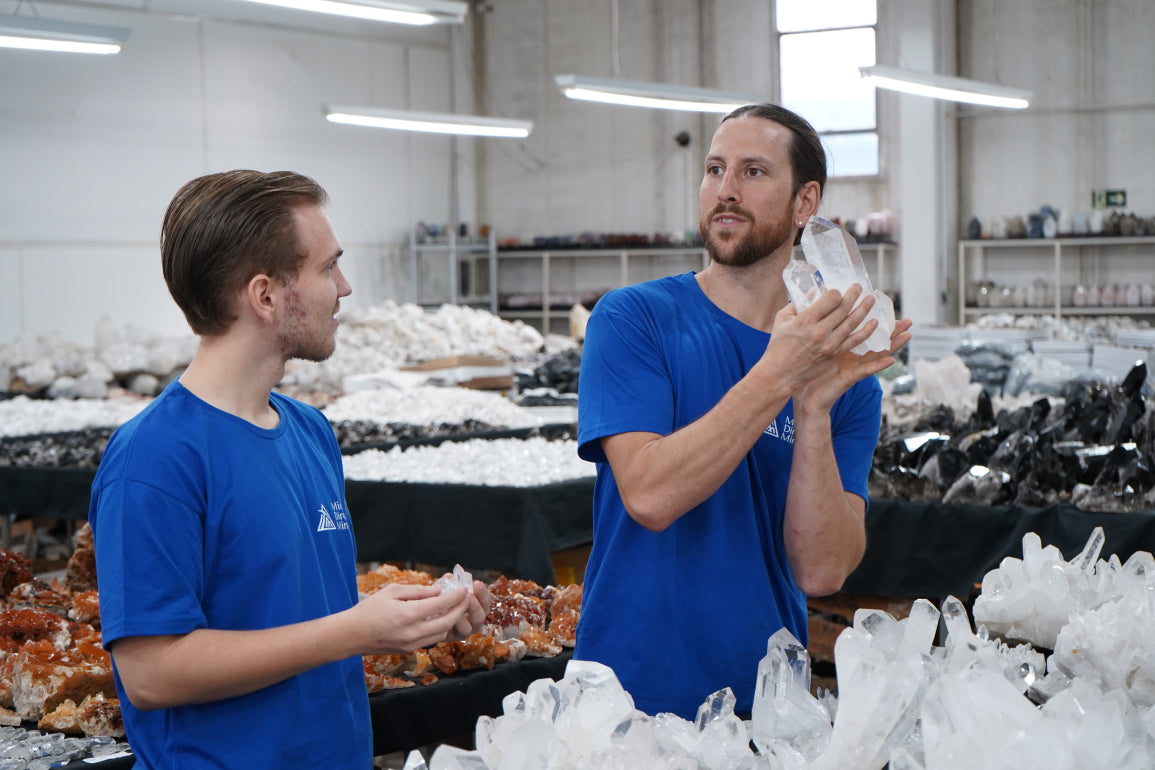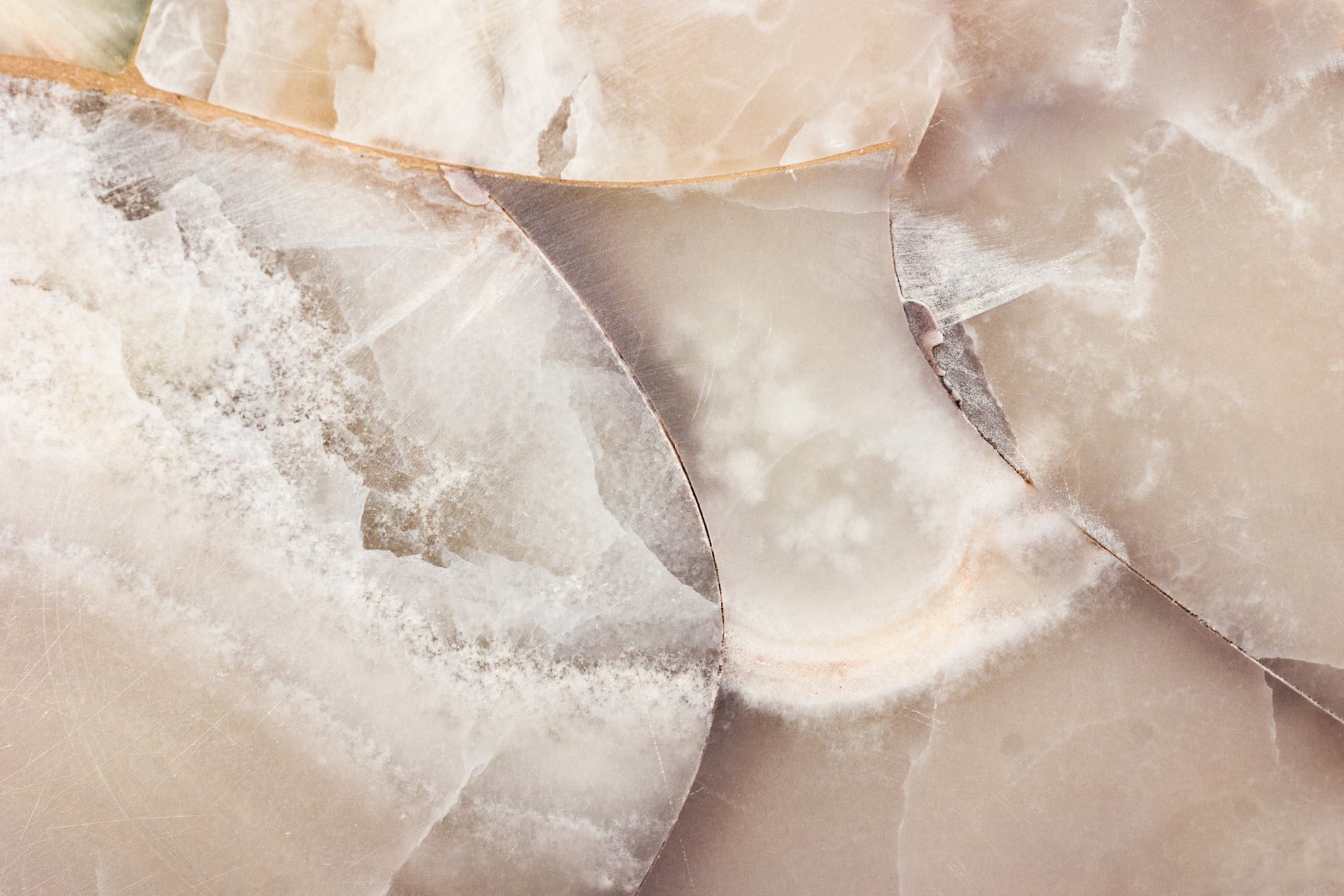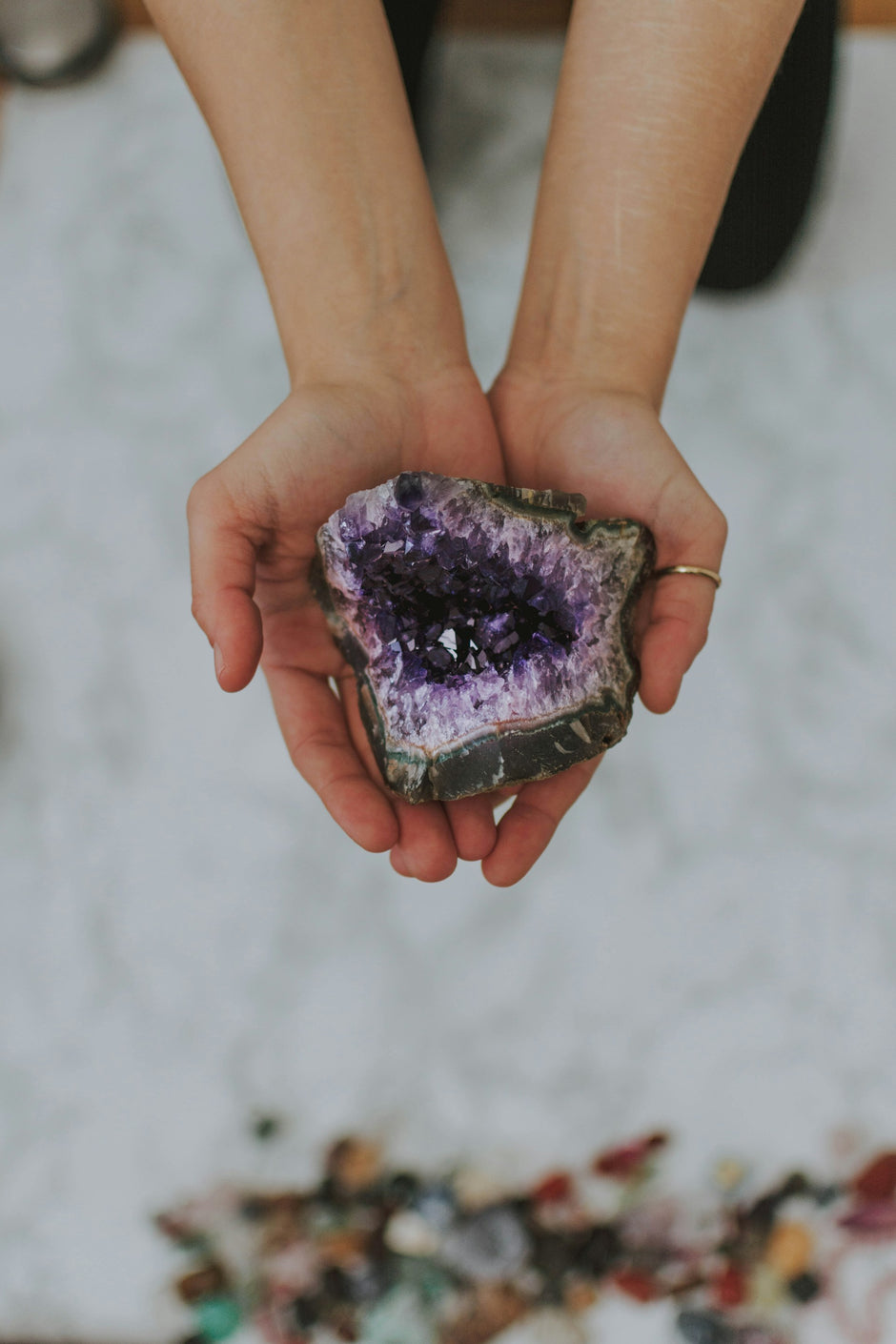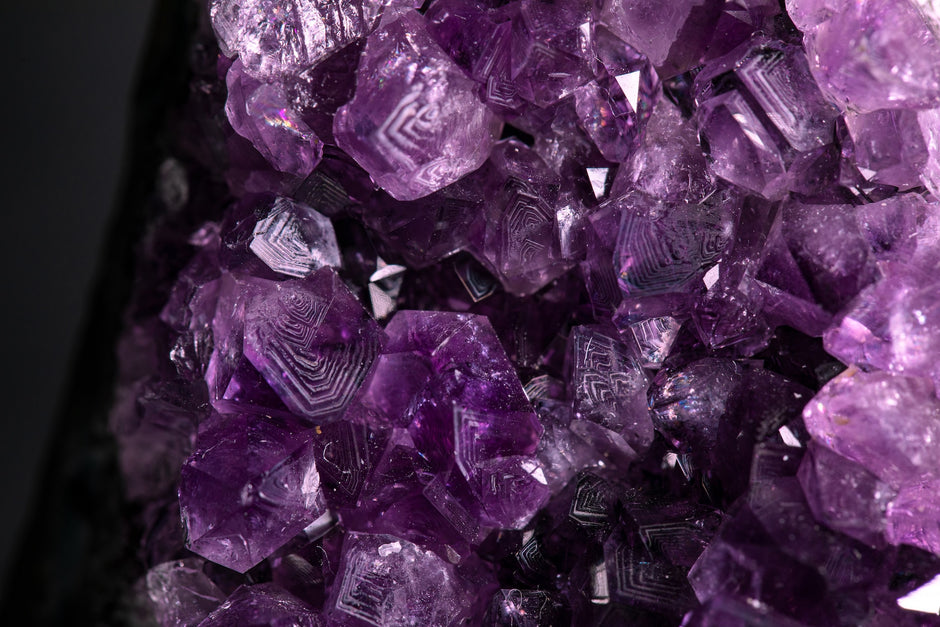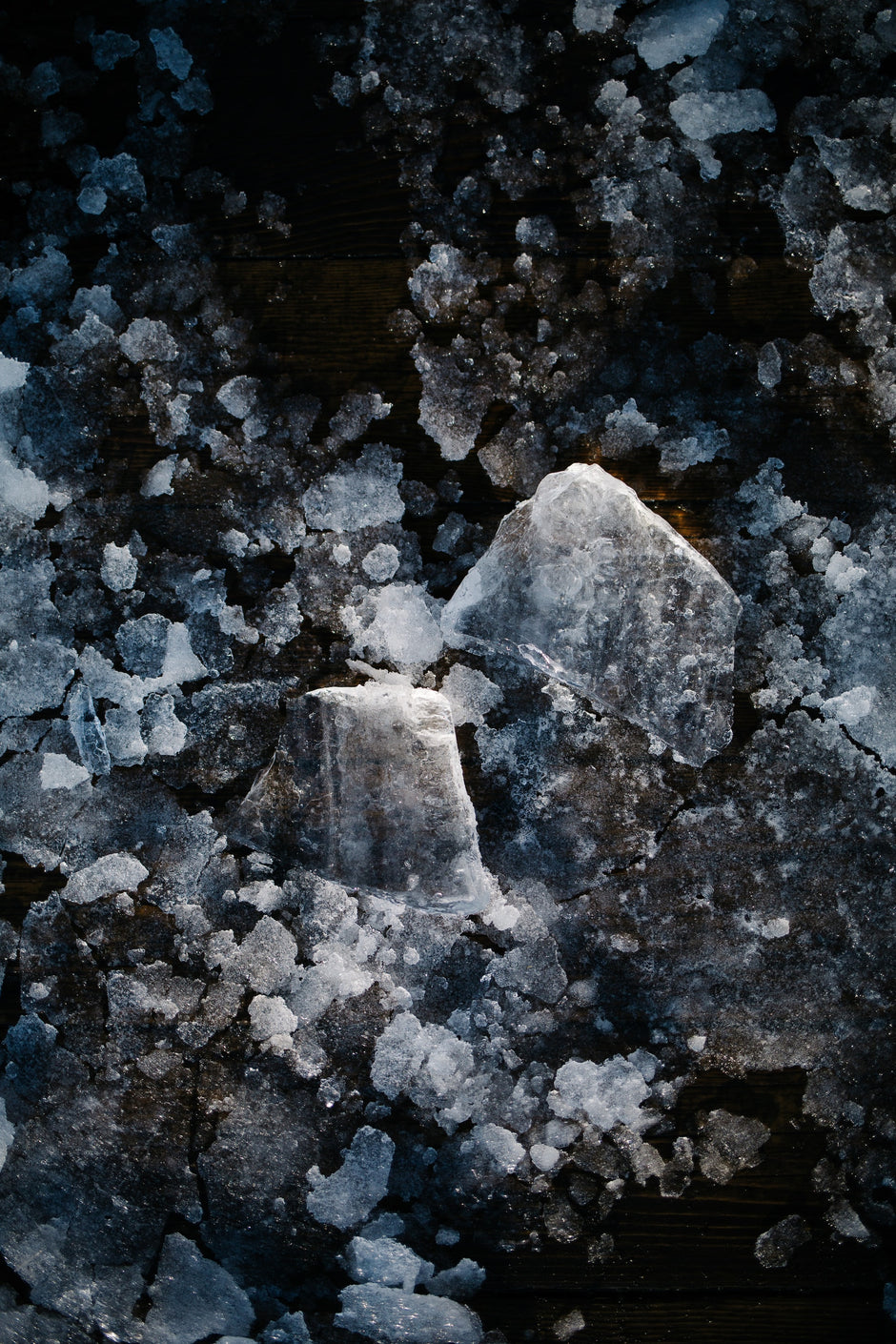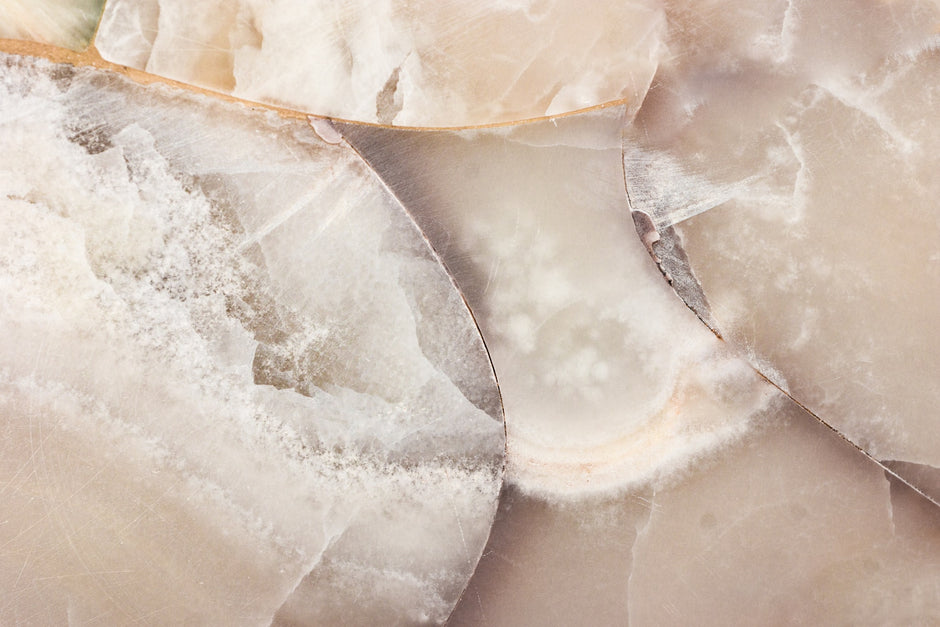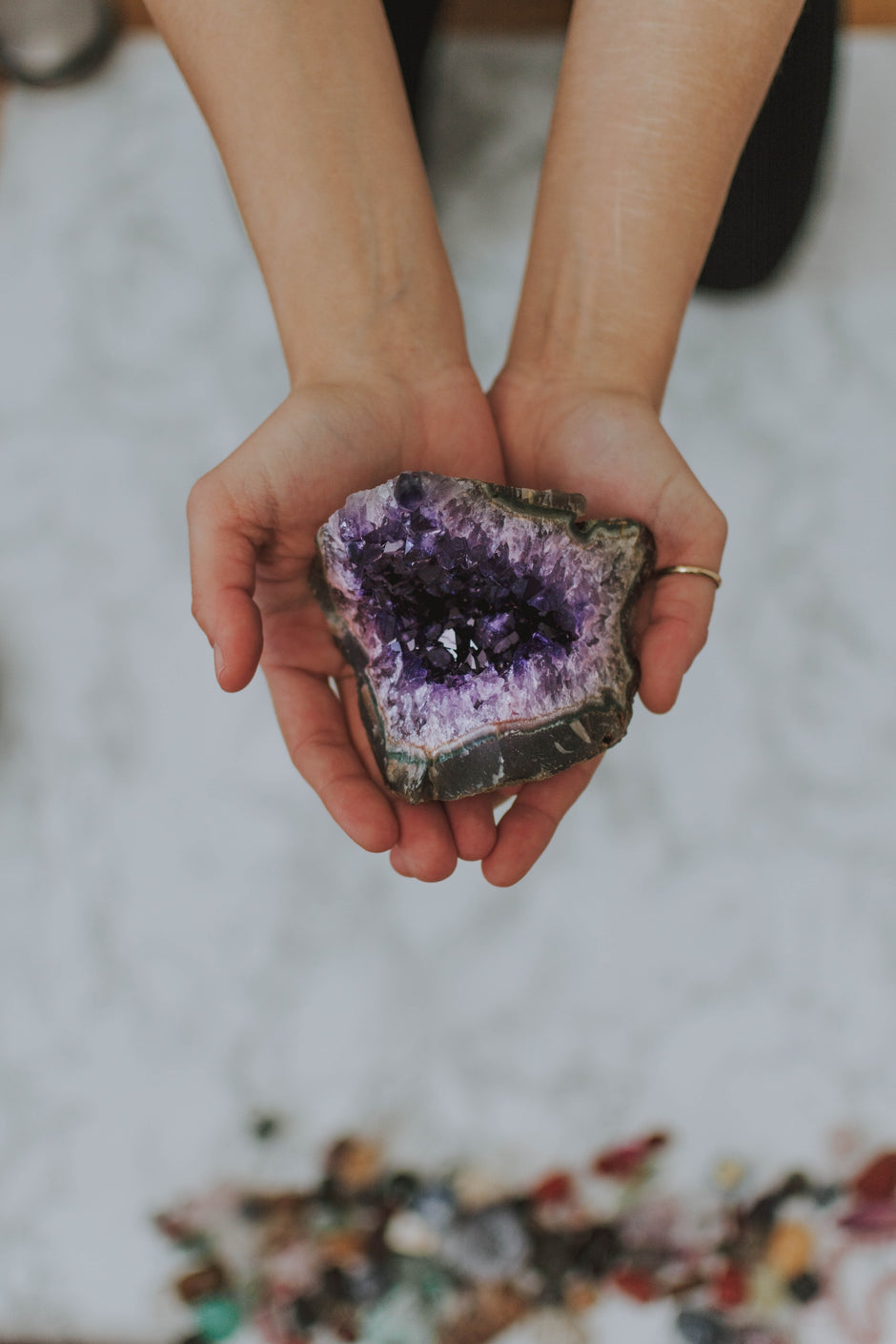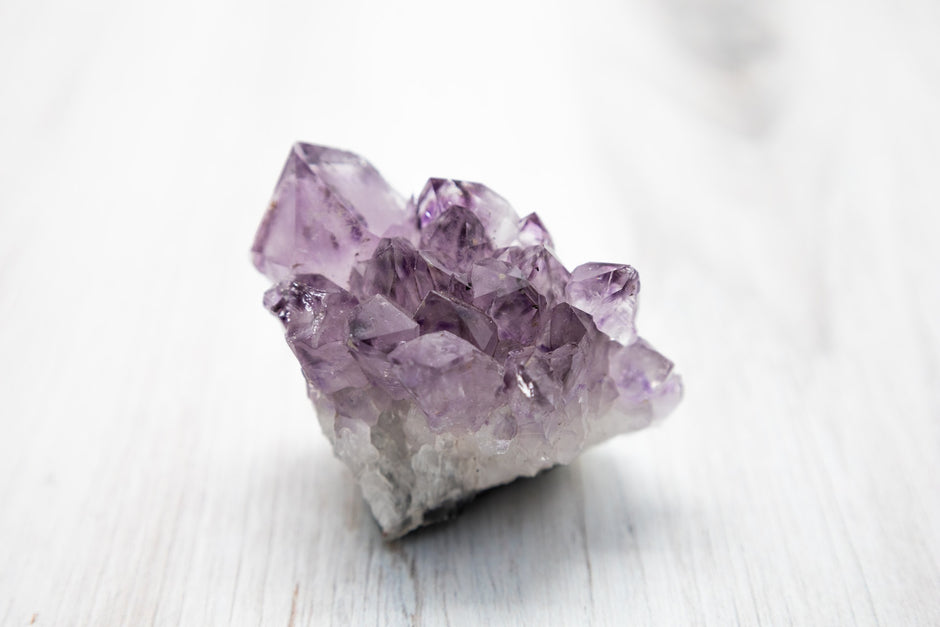Step into the alluring world of gemology, where stories of discovery, adventure, and scientific wonder converge. This article will explore some of the rarest gemstones on the planet, tracing their intriguing origin stories and highlighting their distinct characteristics.
The World's Most Elusive Gemstones
Poudretteite: The Canadian Marvel
Origins: A Family Legacy
Discovered in the quarries of Mont St. Hilaire, Quebec, Poudretteite has a heartwarming origin story. Named after the Poudrette family, who operated the quarry, this gemstone came into the limelight in the 1960s. Since then, it has garnered attention for its rarity and exquisite color variations.
Did You Know?
-
Highly sought-after by collectors, Poudretteite's value escalates exponentially for specimens larger than one carat.
-
The gemstone can range in color from transparent to soft shades of pink, sometimes exhibiting striking fluorescence.
Tanzanite: Africa's Blue Wonder
Origins: A Tribal Treasure
Found only in the Mererani Hills of Tanzania, Tanzanite was discovered in 1967 when a Masai tribesman stumbled upon striking blue crystals. Initially mistaken for blue sapphire, the discovery sparked an immediate rush among gem collectors and connoisseurs.
Did You Know?
-
Tanzanite exhibits astonishing color-changing traits depending on the angle of light.
-
With an increasing scarcity, it has become an investment gemstone.
Benitoite: California’s Sapphire Impersonator
Origins: Mistaken Identity
Benitoite was first discovered in 1907 in the remote terrains of San Benito County, California. Originally mistaken for a sapphire, the gem was later identified as a new mineral, and it eventually became California's official state gemstone.
Did You Know?
-
Its intense blue color is rivaled only by its strong dispersion, which produces a stunning fire akin to a diamond.
-
Benitoite is often found in smaller sizes, making larger specimens exponentially valuable.
Grandidierite: Madagascar's Enigmatic Jewel
Origins: A Botanist's Discovery
Grandidierite owes its discovery to the French botanist and explorer Alfred Grandidier. While on an expedition in southern Madagascar in the early 20th century, he came across this magnificent bluish-green gemstone. The stone is as mysterious as the man it’s named after, who spent decades studying Madagascar's flora and fauna.
Did You Know?
- Grandidierite has a very high refractive index, making it an ideal gemstone for high-impact jewelry.
- Its scarcity and unique color profile make it a collector’s dream.
Red Beryl: Utah's Fiery Secret
Origins: Volcanic Majesty
Also known as 'red emerald,' Red Beryl was discovered in the Wah Wah Mountains of Utah. The gemstone was formed by the violent volcanic activities that plagued the area millions of years ago. Its striking red hue can be attributed to the manganese ions present during its formation.
Did You Know?
- Red Beryl is rarer than diamonds, often found in fine, tabular crystals.
- It’s considered one of the highest-priced gemstones per carat, primarily due to its scarcity.
Jadeite: The Eastern Marvel
Origins: A Gem of Cultural Significance
Predominantly found in Myanmar, Jadeite holds special cultural importance in China and other East Asian nations. Revered for thousands of years, it has been used from tools and weapons to the most intricate jewelry and sculptures.
Did You Know?
- Jadeite comes in various colors but its emerald green variety is the most prized.
- Its rich history features prominently in ancient Chinese folklore and medicinal theories.
Black Opal: Australia’s Underground Rainbow
Origins: Down Under Discovery
Black Opal was discovered in the late 19th century in Lightning Ridge, Australia. Indigenous legends speak of the gem as a 'creator’s footprint,' believed to touch the earth and bring forth its vibrant spectrum.
Did You Know?
- It displays a dazzling array of colors, from red and yellow to green and blue.
- Black Opals are one of the few gemstones that exhibit 'play of color', a phenomenon where light interacts with the stone’s internal structure.
Taaffeite: The Accidental Discovery
Origins: A Gemologist's Serendipity
Richard Taaffe, an Irish gemologist, discovered this stone accidentally when he purchased what he believed to be a spinel gemstone. On closer inspection, he realized he had discovered a new mineral. Named in his honor, Taaffeite is found in Sri Lanka and Myanmar.
Did You Know?
- Known for its delicate pastel shades, ranging from lavender to mauve.
- Extremely rare and often mistaken for other gems, thus making it a gemologist’s challenge.
Alexandrite: Russia's Chameleon Gem
Origins: Imperial Opulence
Discovered in the Ural Mountains of Russia in the early 19th century, Alexandrite was named in honor of the future Tsar, Alexander II. Local folklore claims that the stone brings luck and changes color to forewarn its owner of impending danger.
Did You Know?
- Known for its unique ability to change color depending on the lighting conditions.
- Extremely rare, and often found in less than one-carat sizes, making large stones incredibly valuable.
Painite: Myanmar’s Hidden Wonder
Origins: A Long-Unrecognized Rarity
Discovered in the 1950s by gemologist Arthur C.D. Pain, it took several years for this gemstone to be officially recognized. Initially considered an ugly brown gem, further examinations revealed its orange-red to brownish hues.
Did You Know?
- One of the world's rarest gemstones, as confirmed by the Guinness World Records.
- Its hexagonal shape is often seen in crystal specimens, adding another layer of uniqueness.
Umba Valley Sapphires: Tanzania’s Multicolored Treasure
Origins: Riverbed Revelations
Named after the Umba River that flows through Tanzania, these sapphires were discovered in the mid-20th century. The river's meandering path through varied geological formations is thought to be responsible for the stone’s diverse color range.
Did You Know?
- Unlike typical blue sapphires, the Umba Valley sapphires come in a plethora of colors, from orange and yellow to green and pink.
- Due to the presence of multiple trace elements, each stone is like a geological history book.
Mahenge Spinel: Tanzania’s Pink Jewel
Origins: A Local Miner’s Dream
First discovered in 2007 by a local Tanzanian miner in the Mahenge region, this spinel variety amazed gem enthusiasts with its intense pink to red color. The initial discovery yielded some of the largest and most vibrant spinels ever seen.
Did You Know?
- Known for its neon bright pink to red hues, it rivals the finest rubies in color intensity.
- Incredibly rare, especially in larger sizes, making it a highly sought-after collector’s item.
How are Rare Gems in the World Formed? A Step-by-Step Guide
Stage 1: Mineral Formation
- Deep within the Earth's mantle or crust, the stage is set for gem formation. Here, a blend of extreme pressure, heat, and chemical ingredients creates an environment conducive for mineral crystallization. These ingredients often include a cocktail of elements like carbon, silicon, and oxygen, among others, that ultimately define the attributes of a gemstone.
Stage 2: Geological Activity
- Over geological timescales—think millions of years—various Earth activities, such as tectonic shifts, volcanic eruptions, or the intrusion of molten rock, thrust these mineral formations towards the Earth's surface. Each activity adds unique characteristics to the gem, such as coloration, clarity, and formation shape.
Stage 3: Erosion and Weathering
- Natural processes like wind, rain, and thermal fluctuations break down the rock encasing the gemstone over time. This process of erosion reveals gem deposits and sets the stage for human discovery. Riverbeds, cliffs, and caves are often fruitful sites where erosion has worked hard to expose these gems.
Stage 4: Discovery and Mining
- The last step in this geological ballet is human intervention. Prospectors, often with the aid of scientific tools like geochemical analysis and satellite imagery, locate these deposits. Once a viable site is identified, mining operations commence, ranging from artisanal methods to large-scale industrial extraction.
The Rarity Factor: Why Some Gems Are More Valuable than Others
Scarcity alone doesn't determine a gemstone's value. Factors such as hue, tone, and saturation contribute to a gem's color grade, a significant value determiner. Moreover, the gem's size, clarity, and overall quality also come into play. Market demand, often fueled by cultural significance or popular trends, can further inflate a gem's price.
Discovering the Exotic and Unique: Lesser-known Rare Gems Around the Globe
While diamonds, emeralds, and sapphires receive much of the limelight, numerous lesser-known gemstones offer equally breathtaking beauty and rarity. Stones like Grandidierite, found only in Madagascar, or Blue Garnet, which changes color depending on lighting, are gems that even some experts have never encountered. Each rare gem has its own set of unique attributes, mystique, and geographical origin that contribute to its scarcity and allure.
From Mining to Market: Understanding How Rare Gemstones Reach End Consumers
Source to Supplier
- After the labor-intensive mining process, raw gems usually make their way to specialized suppliers. These suppliers have extensive networks and are well-versed in the nuances of international trade laws related to gemstones.
Expert Sorting
- Trained professionals sort the raw stones based on numerous attributes. This is a skill honed over years, sometimes generations. Sorting impacts the value and where the stone will be sold or auctioned.
Artistic Crafting
- Gem-cutting is an art form. The cutter must balance maximum size with the most aesthetically pleasing shape, all while minimizing inclusions and other imperfections. Often, less than half of the raw gemstone remains after this process.
Market Distribution
- Finally, these polished gems reach retailers. Some are sold loose, while others are set into jewelry. The journey of a gemstone from its natural state to a finished product involves multiple layers of craftsmanship and trade, each adding to the final retail value.
Conclusion
Exploring the world of rare gemstones is like going on an amazing adventure. We've traveled from Canada's unique Poudretteite to Tanzania's blue Tanzanite, learning each gemstone's special story and incredible features.
We've looked at how these stones are made deep inside the Earth. It's a long process, involving heat, pressure, and a mix of elements, that finally results in these beautiful gems. This process doesn't just make the stone; it adds special characteristics like color and clarity that make each gem unique.
We also learned that rarity isn't the only thing that makes a gem valuable. Its color, size, and cultural importance can make it more or less valuable. While diamonds and emeralds are well-known, many lesser-known gems with their own unique traits make them special.
Finally, the story of these gemstones doesn't end when they're dug up. They go through a network of people who sort them, cut them, and get them ready to be sold. Each step adds value and contributes to the gem's final price.
So, from gems with a rich history like Jadeite to newer finds like Mahenge Spinel, each rare gemstone is a small miracle of nature. These stones tell us stories—not just about the Earth, but also about people's love for beauty and discovery.
